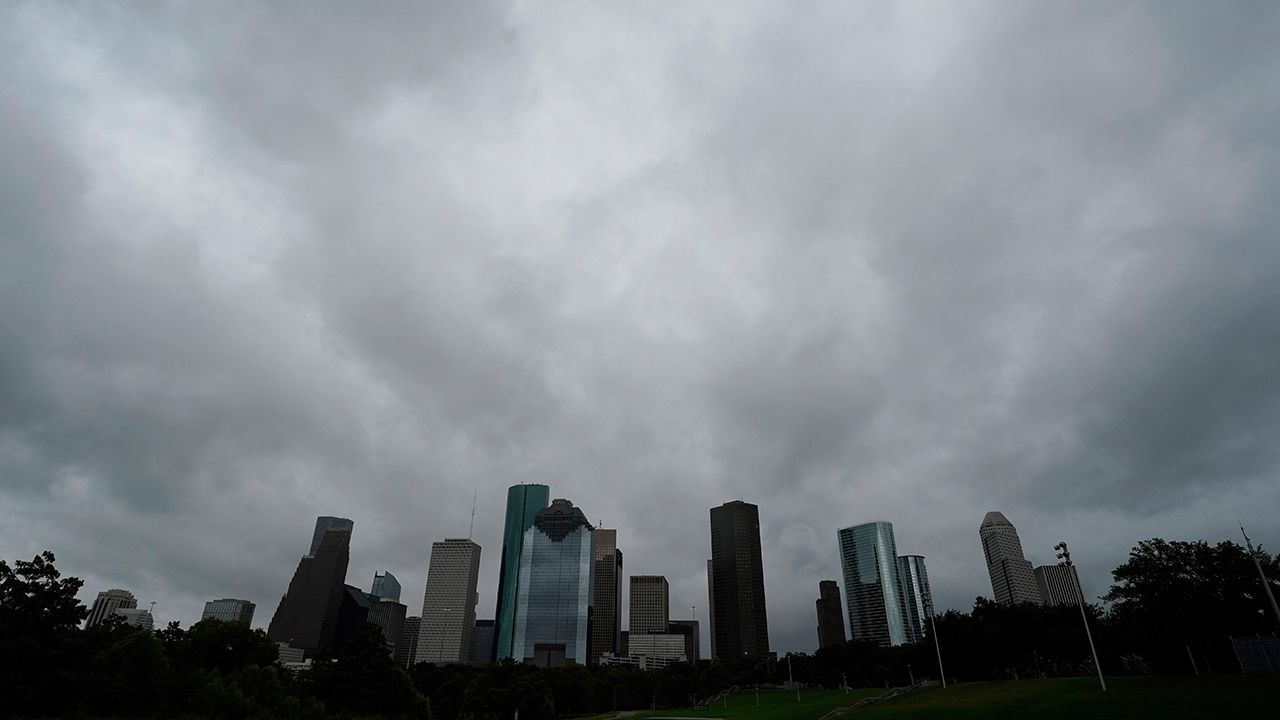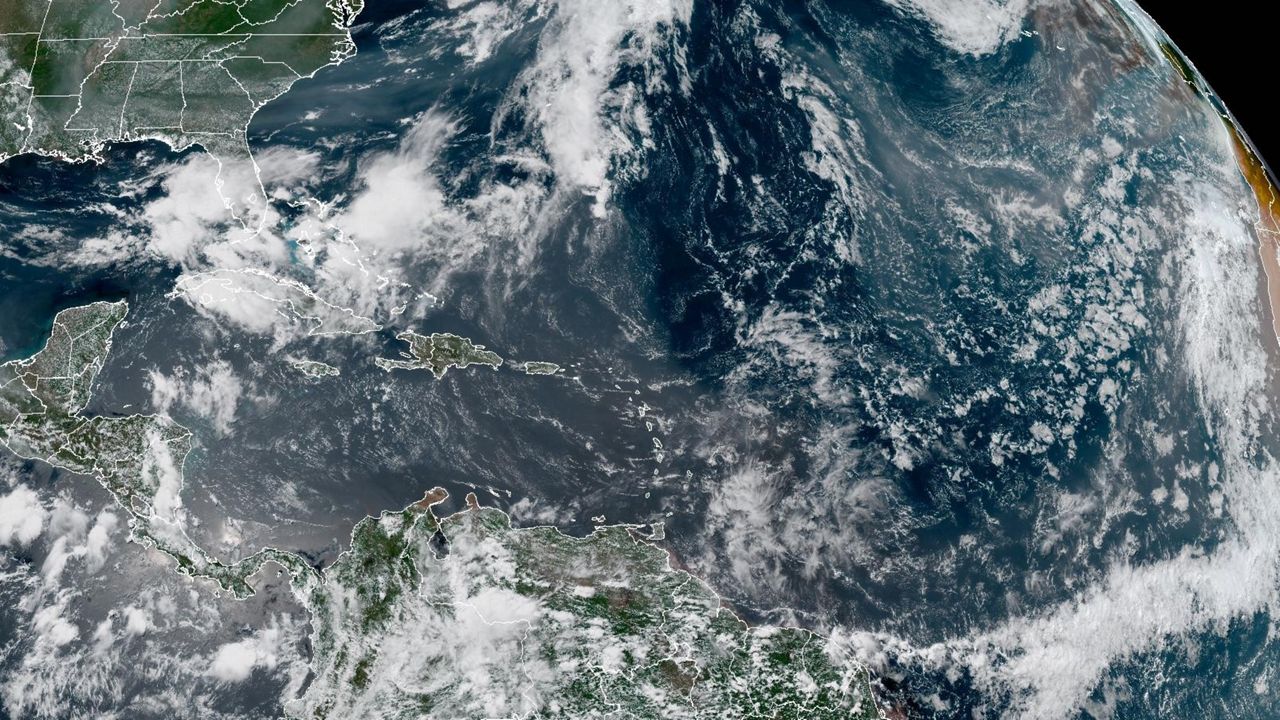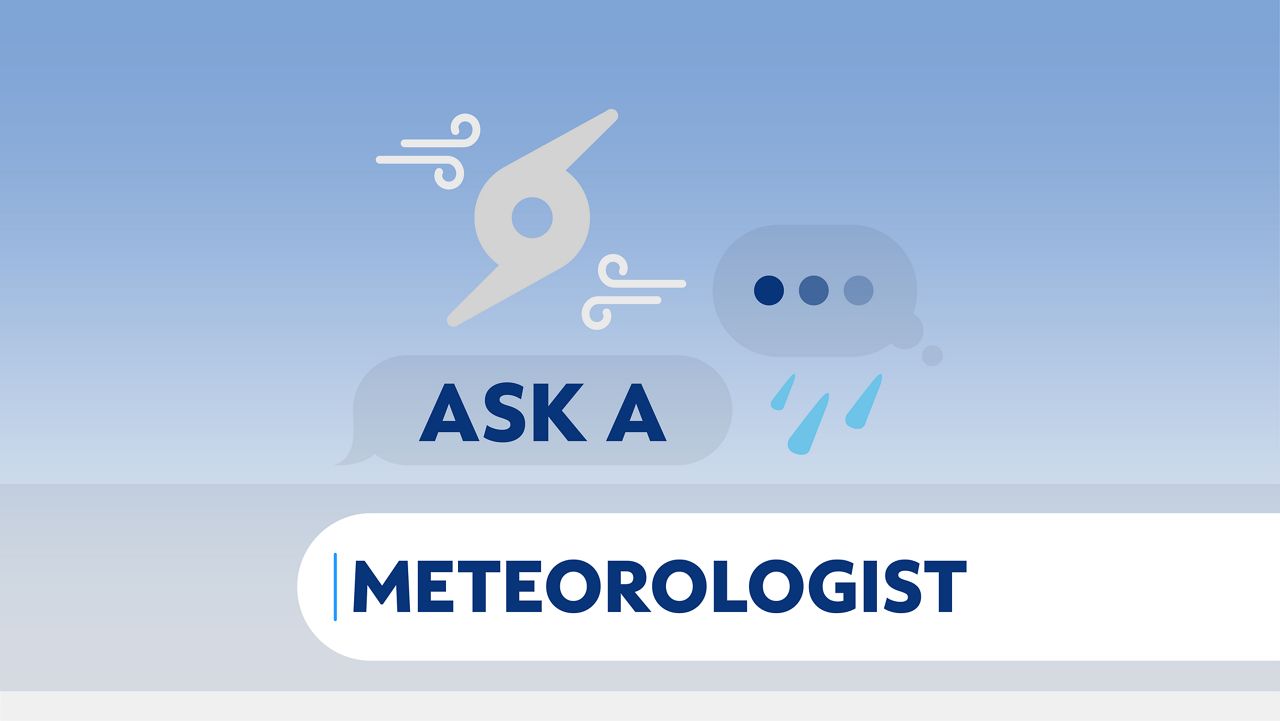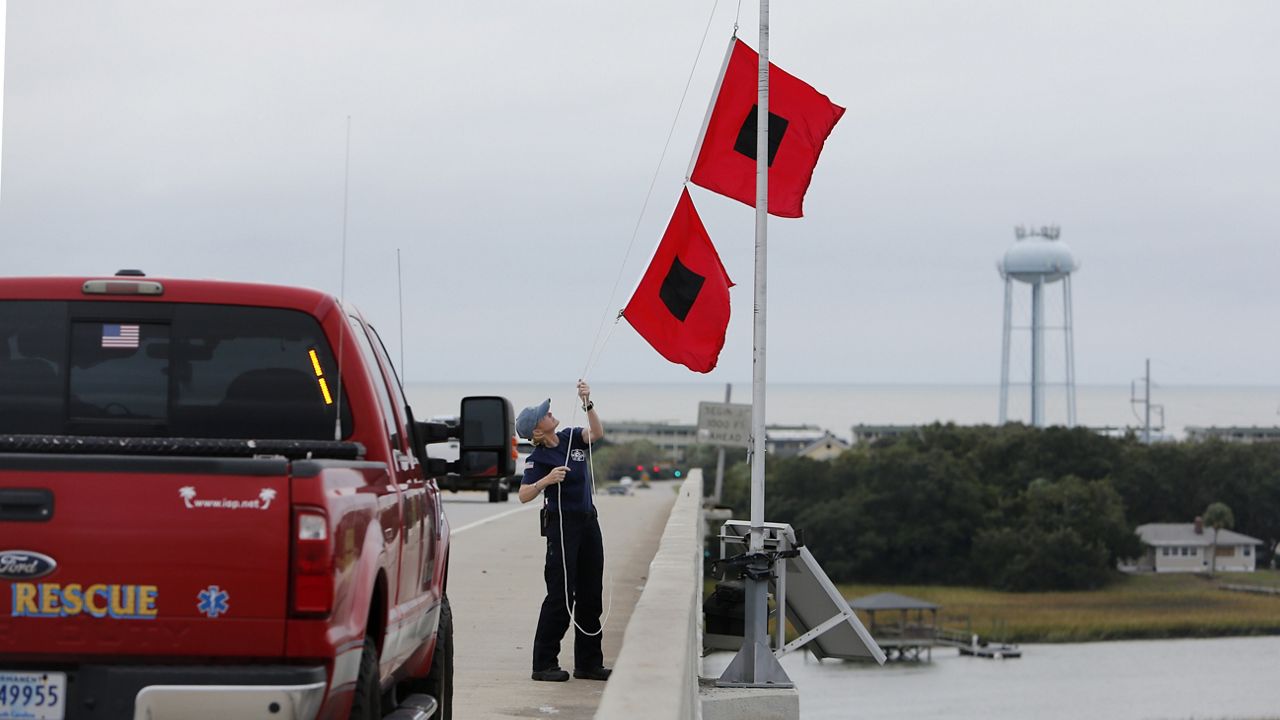I got an email from a viewer early Monday morning that took me back to my cloud physics days in college. Valerie R. from San Antonio writes:
"Ricky I thought when a cold front passes, it leaves behind cooler, but sunnier conditions. You said it will be cloudy and rainy again today. Why?”
What You Need To Know
- There are two main types of cold fronts, both of which can produce precipitation
- The relationship between the approaching air mass and the one ahead of it is critical
- Ana-fronts describe the rising warm air ahead of its arrival
- Kata-fronts describe the descending, drier air which mitigates thunderstorm development
This is a really good question because this is oftentimes the case. However, there are other times when, in the wake of a cold front, the weather can be rainy and cloudy or dry and sunny.
As its name suggests, cold fronts typically drop temperatures from as little as a few degrees to a complete season shift in a matter of minutes. However, the mixing that occurs between this colder air mass and the one it’s replacing explains why Valerie won’t see the sun today.
Ana-Fronts
Ana-fronts are the rainy fronts that initiate showers and thunderstorms out ahead of its passing. Warm, moist air rises up and over an advancing cold front. As the warm, moist air rises, water vapor cools and condenses, forming clouds and eventually precipitation.
The cloud deck can develop rearward from the front of the cold front. When that happens, satellite and radar would show the precipitation developing behind the front and not out ahead of it.
Kata-Fronts
The second main type of cold front is called a kata-front. Much like the ana-front, warm air ascends ahead of the front, but dry air descending from behind it doesn't allow the warm air to rise fast enough to form clouds or rain.
In this case, the cloud and precipitiation band set up ahead of the front, not behind it. Based on cloud physics that are far too complicated for this blog, the clouds and precipitation aren't just ahead of the advancing front; they can be way out ahead of it.
This can sometimes be difficult to determine where the actual cold front is. Meteorologists can determine where fronts are and how they move not just on clouds and radar, but by looking at temperatures, wind shifts, and pressure differences.
Stay Connected!
If there's a weather question you want answered, you can send me an email at ricky.cody@charter.com. Or connect with me on social media like Facebook, Twitter or Instagram!










